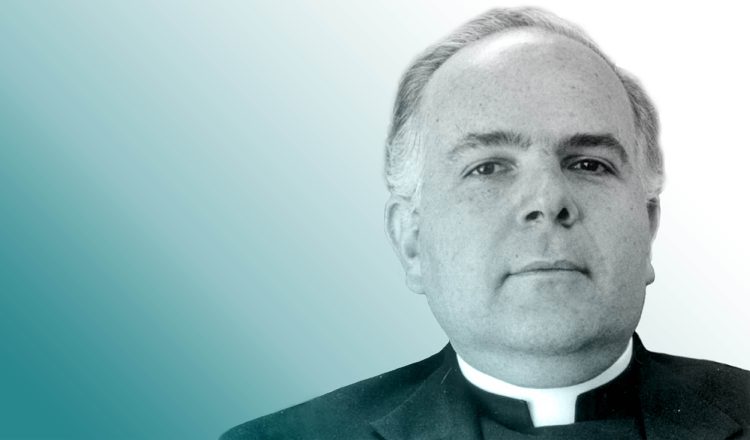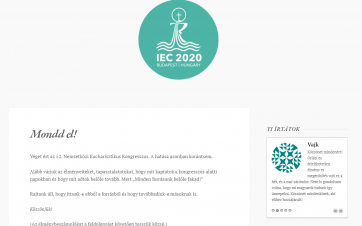
The Crucified Body was a historical body

Mons. David-Maria Jaeger, Franciscan Father was born into a Jewish family, with Hungarian ancestors. Following his secondary school studies he underwent an overwhelming change of faith that resulted in his conversion to Christianity.
In the Wednesday afternoon workshop Father Jaeger penned the Eucharist – based on the encyclical „Mirae Caritatis” of Pope Leo XIII – as “in a sense, it should be seen as the continuation and extension of the incarnation.” In the Eucharist “Christ’s body is present in many places at once, that is, He is there wherever the sacrament is sanctified” – he cited.
In his lecture the friar also mentioned that the Eucharistic Congresses are particularly devoted to celebrate “Christ’s true sacrifice, his real Body and Blood, which becomes omnipresent wherever it is offered in Himself. The Eucharist is celebrated, but not as an idea or ideology, no matter how noble or glorifying they may be, but rather as a real sacrifice and real presence.”
The Eucharistic sacrifice – he pointed out – “is mysteriously the very same sacrifice that the Redeemer of mankind actually offered on a certain day – at a certain moment in the course of human history – at a certain place of a certain point of the Earth.”
As to David-Maria Jaeger, the Eucharist, in his own mystery, necessarily includes the re-presentation of the Lord’s earthly life, in fact, replays it. “Because the Crucified Body was a historical body – a body that had been formed by the whole lived life, from conception until the Calvary.” – worded the friar, then continued: “We walk with the Lord in faith and not in sight, and we can never enjoy the unique privilege of the disciples, ‘who were there’. That time has passed, there is no way to ‘go back’.”










